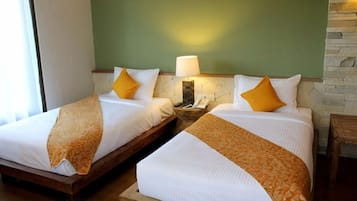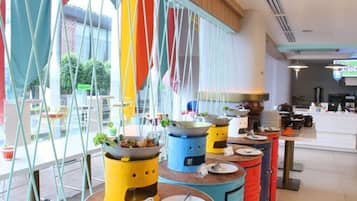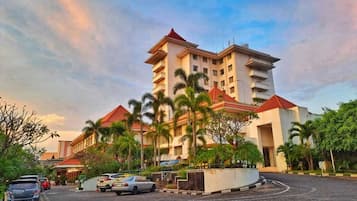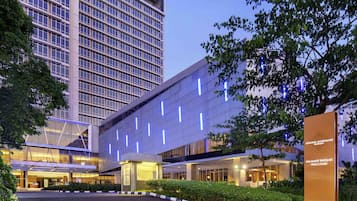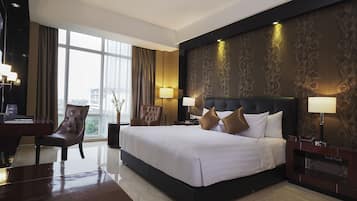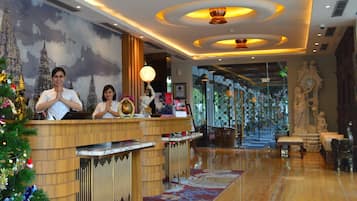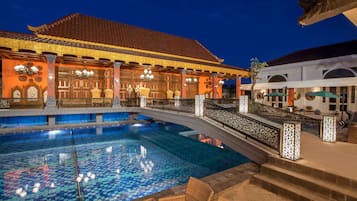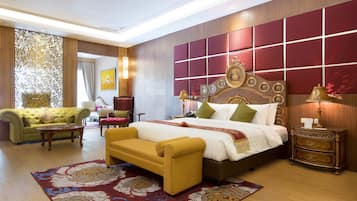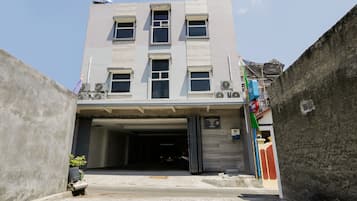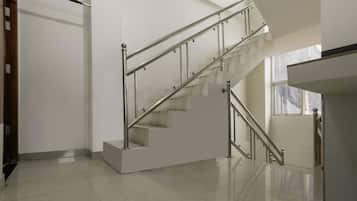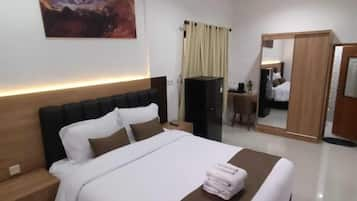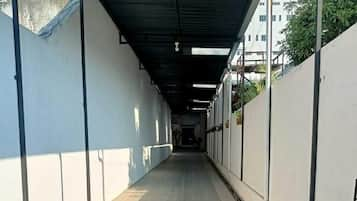Foto de Sharrie Shaw
Hotéis para famílias em Surakarta
Ofertas a partir de R$ 48
- Mudança de planos?Reserve hotéis com cancelamento grátis.
- Escolha a sua opção idealBusque entre quase um milhão de propriedades no mundo todo.
Veja a disponibilidade de Hotéis para famílias - Surakarta
Hoje à noite
Amanhã
Este fim de semana
No próximo fim de semana
Hotéis para famílias - Surakarta

Rumah Batu Boutique Hotel
Baki
9.0 de 10, Maravilhosa, (9)

Grand Sahman Hotel
Centro da Cidade de Solo
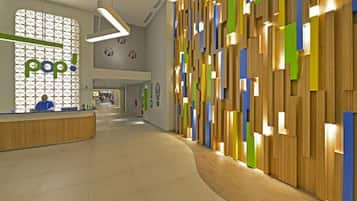
POP! Hotel Solo
Surakarta
7.0 de 10, Boa, (4)
O preço é de R$ 77
Total: R$ 109
inclui impostos e taxas
24 de nov. – 25 de nov.

Sahid Jaya Hotel Solo
Centro da Cidade de Solo
7.2 de 10, Boa, (24)

Grand Mercure Solo Baru
Grogol
8.6 de 10, Excelente, (76)
O preço é de R$ 215
Total: R$ 260
inclui impostos e taxas
7 de dez. – 8 de dez.

Aziza Solo
Surakarta
9.0 de 10, Maravilhosa, (11)
O preço é de R$ 212
Total: R$ 256
inclui impostos e taxas
20 de nov. – 21 de nov.
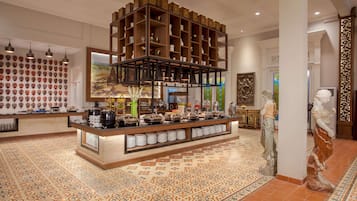
Ramada Suites by Wyndham Solo
Colomadu
9.0 de 10, Maravilhosa, (6)
O preço é de R$ 170
Total: R$ 206
inclui impostos e taxas
21 de nov. – 22 de nov.
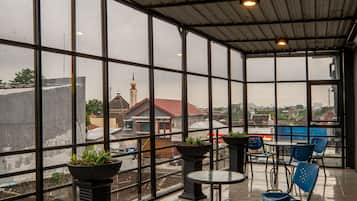
Red Chilies Hotel
Banjarsari
Preço mais baixo por diária encontrado nas últimas 24 horas, com base em uma estadia de 1 diária para 2 adultos. Os preços e a disponibilidade estão sujeitos a alterações. Termos adicionais se aplicam.
![At the museum no photos are allowed which is really unfortunate as it was well worth the visit and the guided tour is definitely not to be missed. In the museum there are even Batik made from the Dutch era which depicts stories like Little Red Riding Hood and Snow White!
I enjoyed the tour v much and at the end of the tour we were brought to this room where the artisan were working on hand drawn batik.
Below is an excerpt from Wikipedia for anyone interested in learning more about the process of batik making.
Firstly, a cloth is washed, soaked and beaten with a large mallet. Patterns are drawn with pencil and later redrawn using hot wax, usually made from a mixture of paraffin or bees wax, sometimes mixed with plant resins, which functions as a dye-resist. The wax can be applied with a variety of tools. A pen-like instrument called a canting (IPA: [tʃantiŋ], sometimes spelled with old Dutch orthography tjanting) is the most common. A canting is made from a small copper reservoir with a spout on a wooden handle. The reservoir holds the resist which flows through the spout, creating dots and lines as it moves. For larger patterns, a stiff brush may be used. Alternatively, a copper block stamp called a cap (IPA: [tʃap]; old spelling tjap) is used to cover large areas more efficiently.
After the cloth is dry, the resist is removed by scraping or boiling the cloth. The areas treated with resist keep their original color; when the resist is removed the contrast between the dyed and undyed areas forms the pattern. This process is repeated as many times as the number of colors desired.
The most traditional type of batik, called batik tulis (written batik), is drawn using only the canting. The cloth need to be drawn on both sides and dipped in a dye bath three to four times. The whole process may take up to a year; it yields considerably finer patterns than stamped batik.
Source: Wikipedia](https://images.trvl-media.com/place/6224808/26fd1460-c65a-4c1a-9444-7a893e883ac9.jpg?impolicy=fcrop&w=1200&h=500&q=medium)
